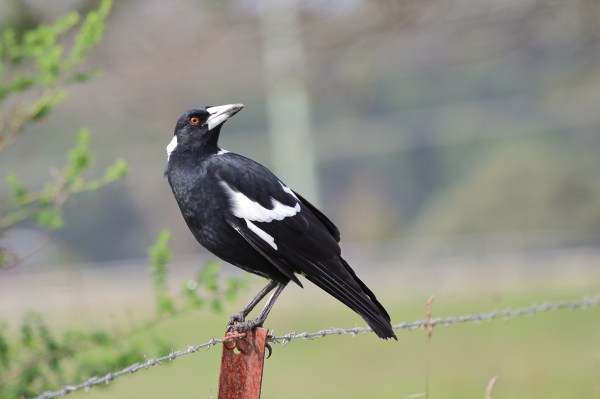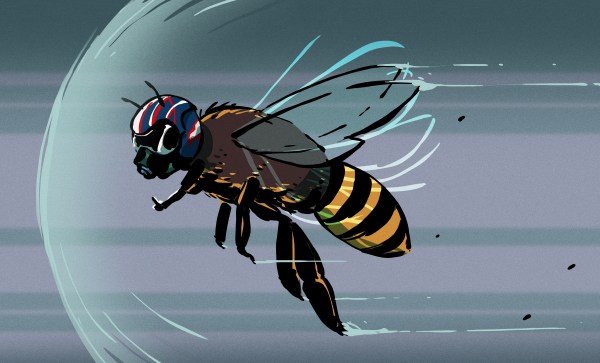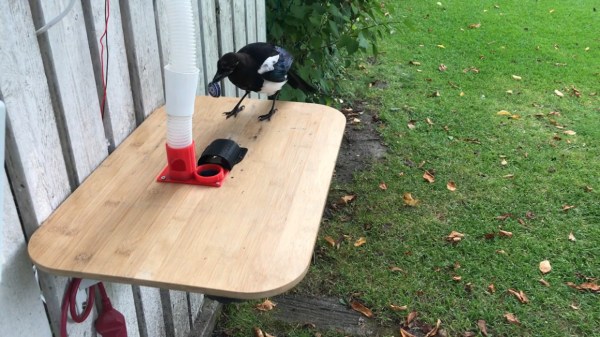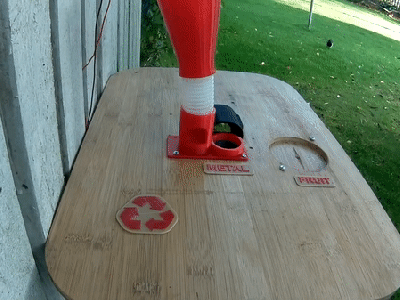For those looking to build their own clocks, one of the easiest ways to get started is with a pre-built module that uses a simple quartz oscillator and drives a set of hands. This generally doesn’t allow for much design of the clock besides the face, and since [core weaver] was building a clock that plays bird songs, a much more hackable clock driver was needed to interface with the rest of the electronics needed to build this project.
The clock hands for this build are driven by a double stepper motor which controls an hour and minute hand coaxially but independently. Originally an H-bridge circuit was designed for driving each of the hands but they draw so little current in this configuration that they could be driven by the microcontroller directly. A DS3231 clock is used for timekeeping connected to an ATMega128a which controls everything else. At the start of each hour the clock plays a corresponding bird song by communicating with an mp3 module, and a remote control can also be used to play the songs on demand.
Bird clocks are not an uncommon thing to find off the shelf, but this one adds a number of customizations that let it fly above those offerings, including customizing the sounds that play on the hour and adding remote control capabilities, a lithium battery charging circuit, and a number of other creature comforts. If you’re looking for even more unique bird clock designs this binary bird clock might fit the bill.
Continue reading “Customizable Bird Clock Sings The Hours By”


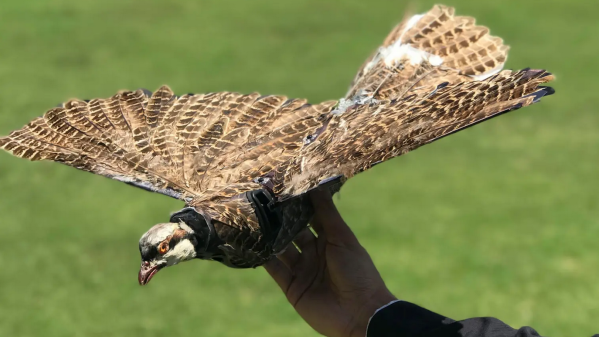

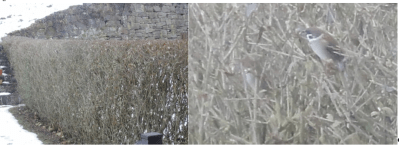


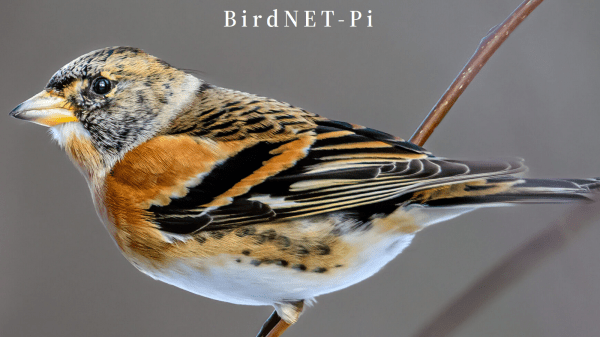
 About that Raspberry Pi version! There’s a sister project called
About that Raspberry Pi version! There’s a sister project called 